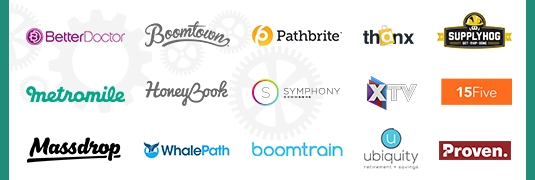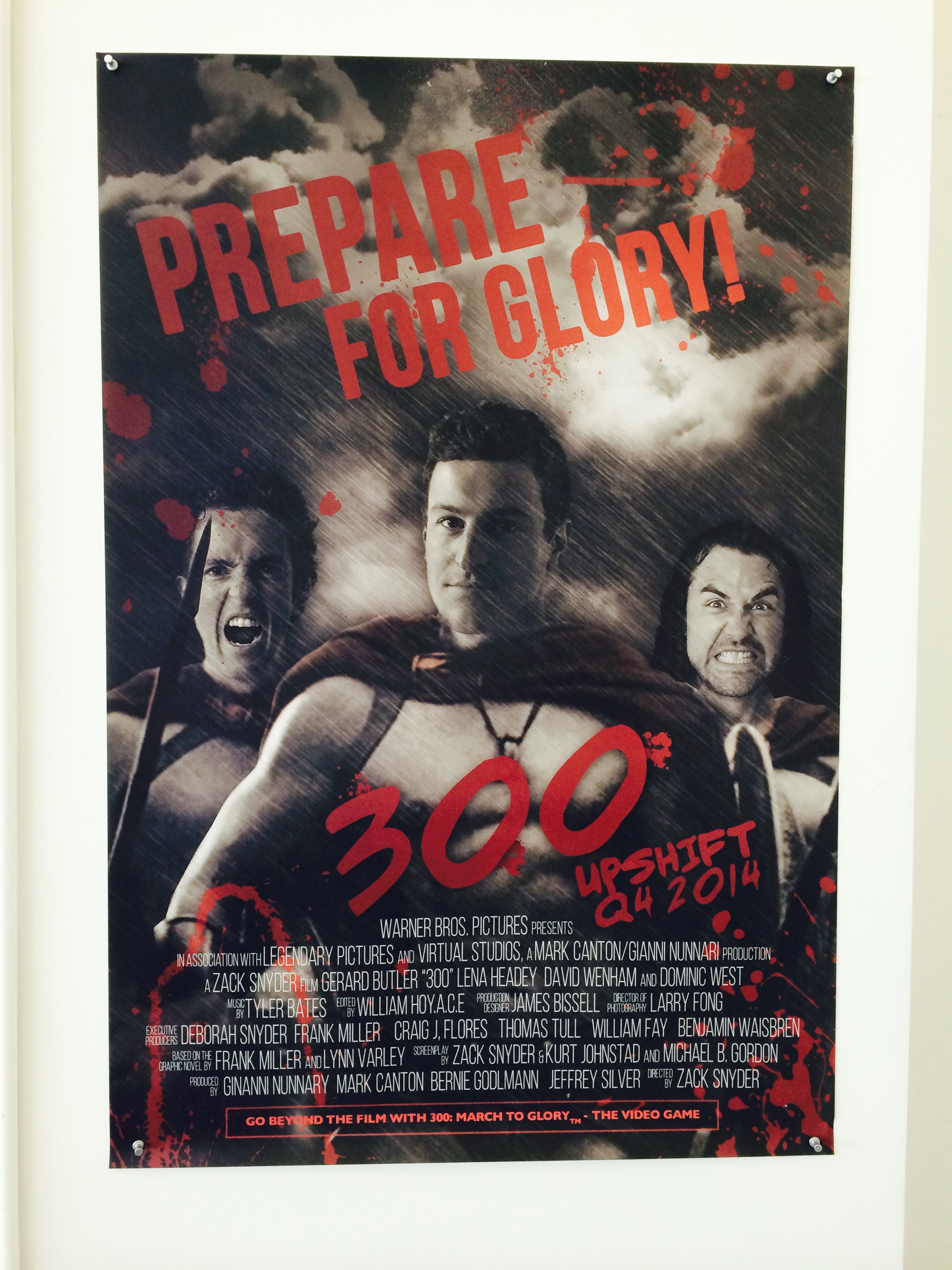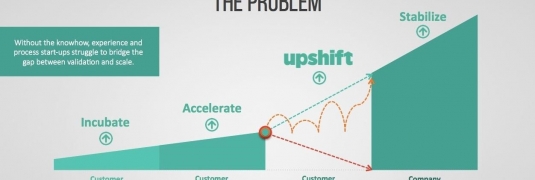Here we are at the start of a new year and I can’t believe how much we at Upshift, as well as the tech startup industry in Silicon Valley, has to look forward to. It’s never been a more exciting time to be part of the innovations that are changing—and improving— the way people do things every day.
At Upshift, we’re even more jazzed about the potential of today’s startups because we’re helping to grow their businesses faster than they could on their own, and in a way that’s sustainable to keep them thriving.
Upshift, still less than a year old, already has graduated 15 companies from our sales acceleration program, the first five of which raised over $215 million in follow up funding within six months of completion. If you know me, you know I’m not shy about saying WE KICKED ASS by kicking the asses of our program participants so that they could be successful.
How did we do it?
Part of the beauty of Upshift is, we’re not just teaching the companies in our program how to scale, we’re committed to sharing information for the community at-large to help them kick ass as well. Part of the plans we have for 2015 is to post in-depth case studies on how we moved some of the companies in our program from Point A to Point B. Quite candidly, it’s too much to talk about here since each company is different and each deserves their achievements to be highlighted in a way that can be fully absorbed.
What did we learn this year?
When we first started out in March of 2014, we had a concept – to help accelerate the growth of Silicon Valley startups. I had experience scaling companies through my own businesses, and learning from my own mistakes as well as the mistakes of others, is a key tenet of our curriculum. We learned as much from the companies that came through our program as they learned from us. They learned how to develop a structure for their sales process, and we learned how to take our experience and turn it into an actionable blueprint for them and other companies to follow. In the 10 months since launch, we made several iterations to the program and continually grew and standardized it based on what we identified as the areas in which the companies needed the most help.
Did we meet our expectations for our first year?
I’d say things have gone better than we could have hoped for. Back in March, there were two of us working on two companies at a time, and taking between four to five months to execute our scaling process. In the fourth quarter of 2014, adding Julian Pisani to our staff helped us to expand to six companies working over the course of three months. Not only have we learned to streamline our process so that it’s faster, we’ve also learned how to add more value and take on additional capacity – now that’s scaling!
What did we learn from the companies participating in our program?
Looking back, I’d say it comes down to five things that startups need to focus on:
1 – Don’t boil the ocean. Startups don’t struggle because of lack of potential customers, they struggle because they’re going after too many prospects at once. It’s important to hone in on the customers most likely to be interested in your product or service. Don’t go after everyone.
2 – Data is essential. Many companies in the early stages set out flying blind and relying on emotion over data. They make gut decisions about strategic directions that can very often prove wrong or misguided. It’s important to accumulate data early on, and analyze it so you can begin to identify trends as to what’s really working. You need transparency in everything you do and you need to back your decisions with data.
4 – Learn how to prioritize. Another setback that tends to befall startups is a lack of execution or prioritization. Often startups are doing a lot of things, but because they’re not prioritizing what’s most important, it inhibits their ability to execute on the things that matter most.
5 – Every house starts with a blueprint. Often companies have a process or structure for the way they go about customer acquisition, but if it’s not documented and only the founder knows what it is, then you can’t scale. It’s like trying to build a house without a blueprint.
What’s in store for Upshift next year?
We are continually focused on identifying the areas we can leverage most to help scale startups rather than doing everything. (We take our own advice!) So we’re taking another look at the program to reevaluate what we can do to be even more productive in 2015. And in keeping with our commitment to the greater startup ecosystem, we’ll be rolling out a great deal of content here on the blog and throughout our site, and making it free to startups to help them expedite their own learning curves.
The first of these initiatives will be an eBook with advice and tips from several of our Upshift advisors – the kind of advice most startups would kill to get in their early stage – we’ve culled it and couldn’t be more excited to be putting it out there. Of course, we’ll also be making core revisions to our program to help the companies we bring on board and give them the best experience we possibly can. As a sneak peek, one of the areas we’ll be looking to focus on will be helping startups implement a management structure for high performing teams and ensure that all the companies going through our program can execute on that.
To get an idea of the types of companies that can best benefit from Upshift’s program, take a look at our first 15 graduates. We couldn’t be more proud of their accomplishments and can’t wait to see where they go from here.
Betterdoctor – Discover the best doctors in your area
Boomtown – The new age of tech support
Boomtrain – The only personalized marketing platform with artificial intelligence at its core
15five – Stay connected with your employees, projects and culture as your company grows
Honeybook – Delightful, simple tools for event professionals
Massdrop – Bringing enthusiasts together
Metromile – The smart approach to car ownership
Pathbrite – Capture and share your projects
Proven – Easy, Elegant Hiring.
Supplyhog – Built from the ground up to better connect vendors and manufacturers with customers in the construction industry
Symphony Commerce – Commerce as a service
Thanx – Use your credit or debit card to earn free stuff from your favorite merchants
Ubiquity Retirement + Savings – The smart way for you and your small business to start saving for retirement
Whalepath – The largest marketplace for market research and competitive analysis
XTV – Connected TV and media management platform
In terms of scaling our own company, we’re planning to double our staff, if not triple it, in 2015, to accommodate 50 companies. Will yours be one of them? If you think you’re ready to scale, leave a comment below or email me at gabriel@upshiftpartners.com. We’d love to hear from you!





















